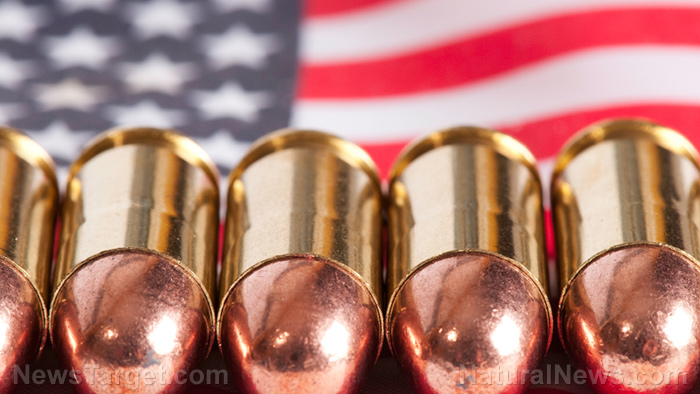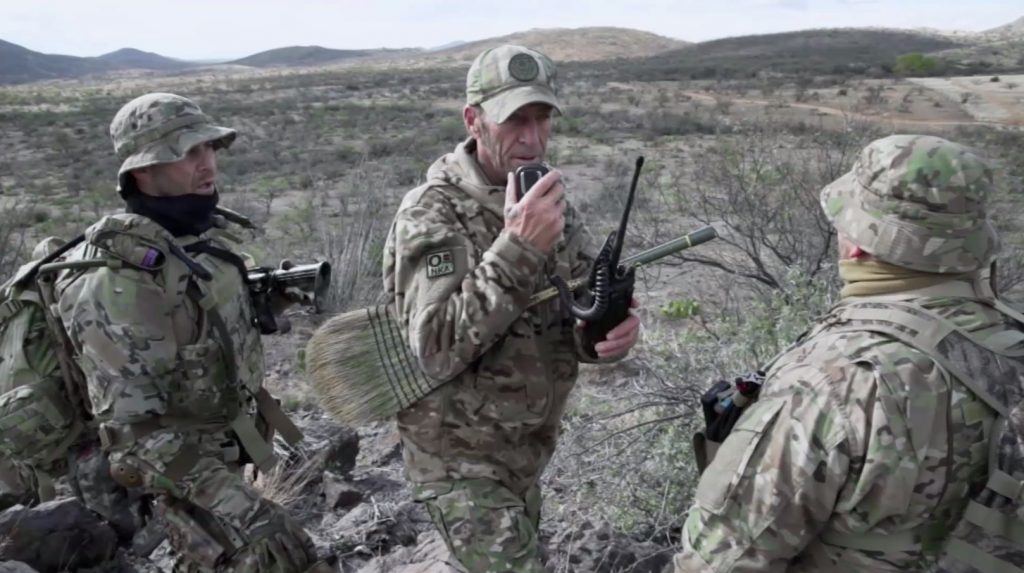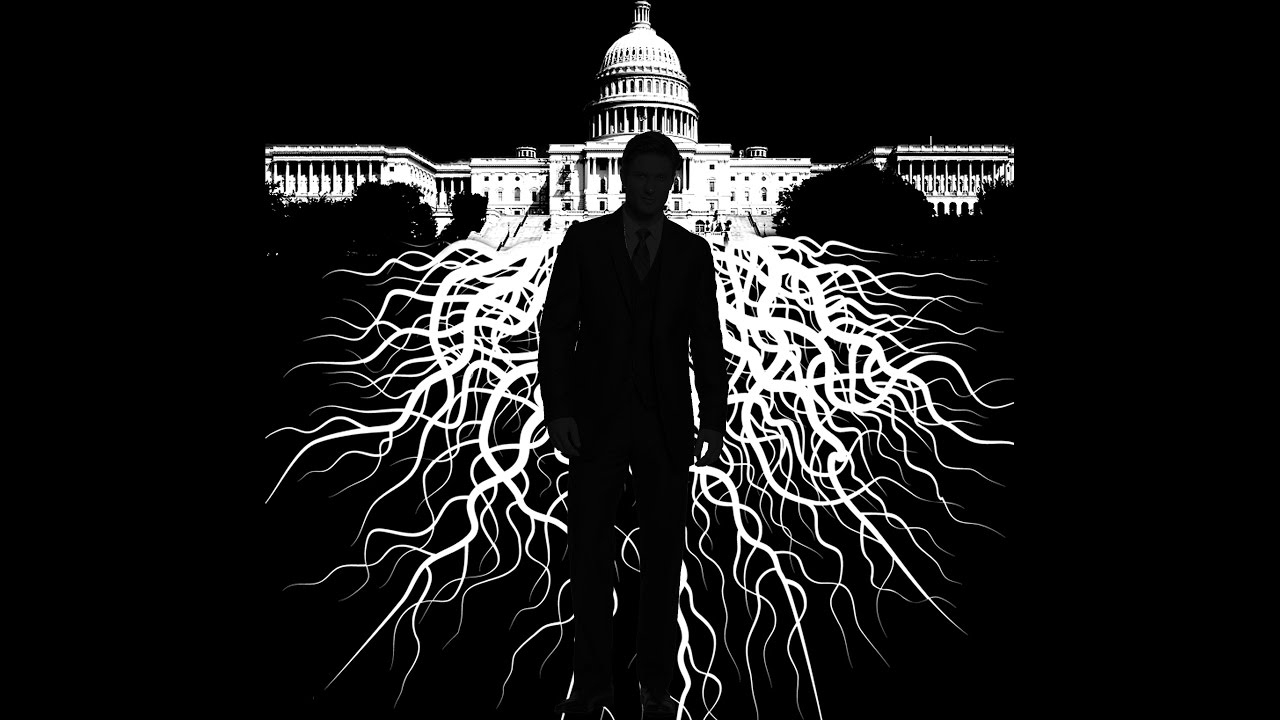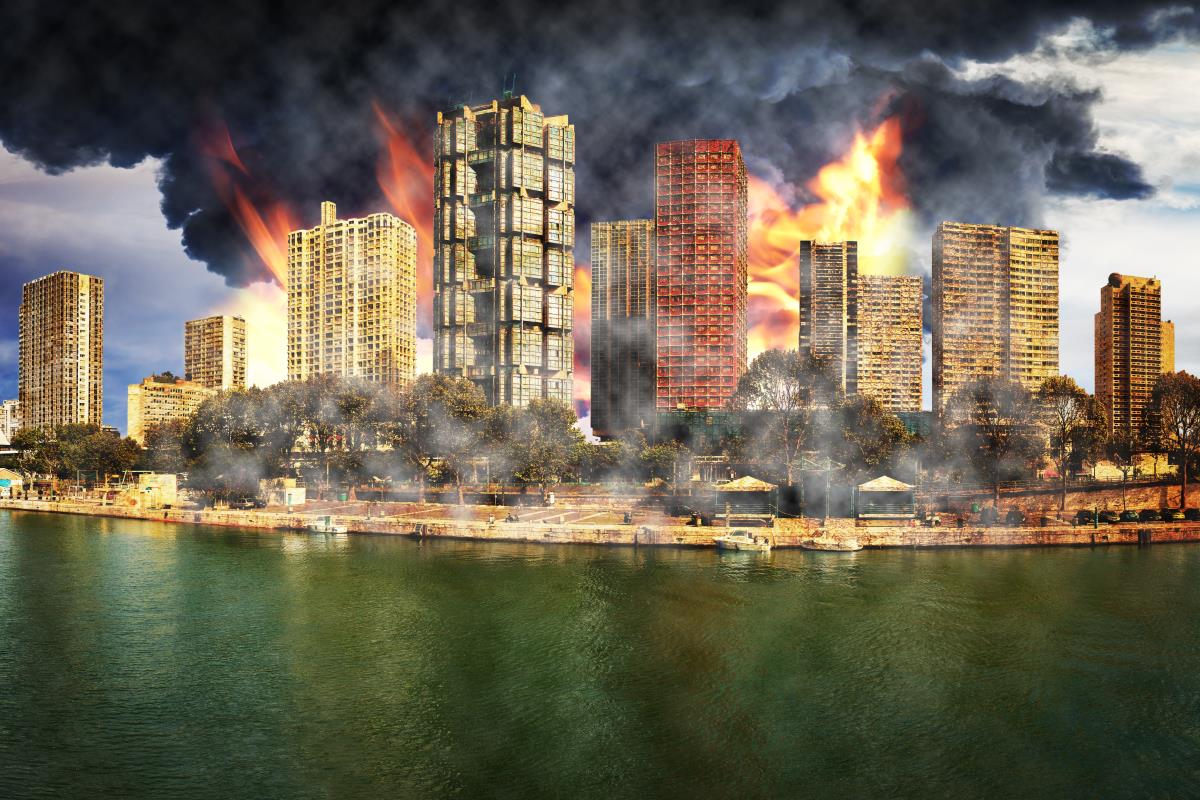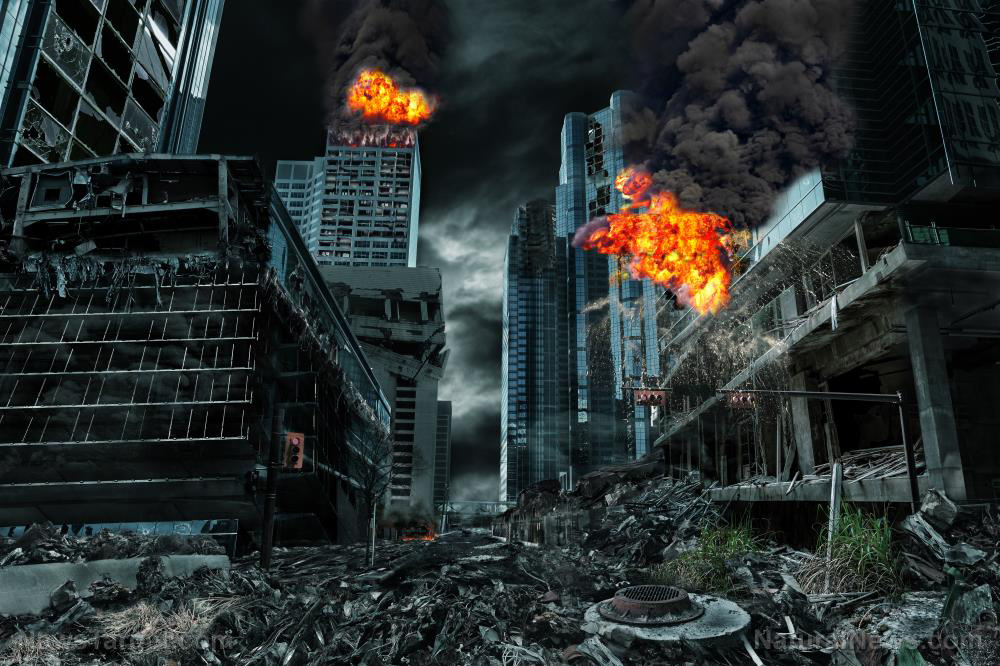Russia and NATO now “actively preparing for war” as global tensions escalates to Cold War levels
08/19/2015 / By Chris Draper

Tensions between NATO and Russia are at their highest since the end of the Cold War. A clash of military war games caused a number of close encounters between the two powers. Many fear that the war games have the two forces teetering on the brink of war.
NATO and Russia started preparing their military forces in response to the Ukraine crisis in 2014. Fighting has only intensified in Ukraine over the past six months. British Defense Minister Micheal Fallon plans to expand a British army training mission to Ukraine.(1)
The military exercises executed by NATO and Russia seem tailored to respond to each others’ strengths and weaknesses. A think tank known as the European Leadership Network issued a report recently that urged leaders to develop a new arms control treaty in order to prevent a war from ensuing.(2)
The report called upon defense ministers and ex-military officials to start working on “a new treaty introducing reciprocal territorial limitations on deployment of specific categories of weapons, backed by robust inspections.”(2)
Russian military exercise provokes tensions with NATO
Tensions between the two powers tightened in March 2015, when Russian military soldiers started doing snap training exercises that grew large enough to encompass 80,000 soldiers. It was the largest military exercise ever conducted by Russia, making NATO and the United States the only possible target of the drills.(3)
The military exercise grew so large that one suspects Russia is preparing for war with NATO and the United States. NATO Secretary-General Jens Stoltenberg pleaded with Russia’s military to avoid conducting their military exercises on such short notice.(4)
NATO strikes back
By the same token, NATO executed its own war game known as “Allied Shield” last June, which saw 15,000 personal training spanning 22 countries. NATO rolled out the exercise in response to threats made by Russia. The European Leadership Network is worried that this tension could cause the military powers to misread intentions made by NATO and Russia, which could trigger an unnecessary war.(5)
Despite this international tension, officials believe that war in not inevitable. “We do not suggest that the leadership of either side has made a decision to go to war or that a military conflict between the two is inevitable, but that the changed profile of exercises is a fact and it does play a role in sustaining the current climate of tensions in Europe,” the authors of the report wrote.(1)
Close encounters and short notices
Nevertheless, the military exercise have led to multiple confrontations between the two forces. For instance, Russian military air craft have had a number of close encounters with civilian jet liners over the Baltic Sea.
In addition, Russia’s consistent failure to alert NATO about its military exercises has only heightened tensions. Russia’s sporadic military exercises increase the odds of a military confrontation happening. “If Russia or NATO decides at some point that they want to reduce tensions, showing restraint in terms of size or scenarios used for the exercises might be a good place to start,” said the report.(1)
“It is vitally important to increase NATO – Russia communication with regards to the schedule of exercises,” continued the report. The think tank recommend that both military camps use the Organization for Security and Co-operation in Europe in order to give each side an advance notice about their military exercises.(6)
Game, set, match – the arms race is on. The two military powers are in a dangerous tennis match, and both of them refuse to back down. NATO and Russia claim that the training exercises are necessary, and are not expected to back down any time soon. The military games are not fueled by healthy competition but a deep-seated animosity for each other.
Sources include:
(1) http://www.telegraph.co.uk
(2) http://www.theguardian.com
(3) http://www.washingtontimes.com
Tagged Under: America, Cold War, collapse.news, global tension, NATO, Russia, Ukraine, World War III

